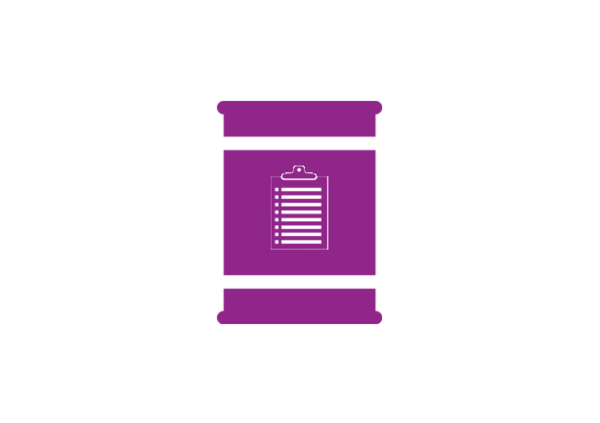Spill Prevention Control and Countermeasures (SPCC)
Course Content
Modules
Status
1
Spill Prevention Control and Countermeasures (SPCC)
-
Introduction
-
Spill Prevention, Control, and Countermeasure (SPCC) Plan
-
SPCC Training Requirements
-
Goals of SPCC Training
-
What Types of Oils Are Covered by the SPCC Program?
-
Spill Prevention and Planning Requirements
-
Ways to Prevent or Minimize the Potential for Spills
-
What Are Secondary Containment and Diversionary Structures?
-
Operations, Equipment, and Processes Which Have a Potential to Cause a Spill
-
Basic Spill Response Expectations
-
Emergency Involving Serious Injury
-
Non-Emergency Spill Response
-
Reporting Incidental Shop Spills
-
Reporting Requirements
-
Accidental Sewage Discharges
-
Storage Tank Discharge
-
Secondary Containment Drainage Procedures
-
Fuel Delivery and Grease Trap Pumping
-
Other Oil-Filled Process Equipment
-
Summary
- Introduction
- Spill Prevention, Control, and Countermeasure (SPCC) Plan
- SPCC Training Requirements
- Goals of SPCC Training
- What Types of Oils Are Covered by the SPCC Program?
- Spill Prevention and Planning Requirements
- Ways to Prevent or Minimize the Potential for Spills
- What Are Secondary Containment and Diversionary Structures?
- Operations, Equipment, and Processes Which Have a Potential to Cause a Spill
- Basic Spill Response Expectations
- Emergency Involving Serious Injury
- Non-Emergency Spill Response
- Reporting Incidental Shop Spills
- Reporting Requirements
- Accidental Sewage Discharges
- Storage Tank Discharge
- Secondary Containment Drainage Procedures
- Fuel Delivery and Grease Trap Pumping
- Other Oil-Filled Process Equipment
- Summary

